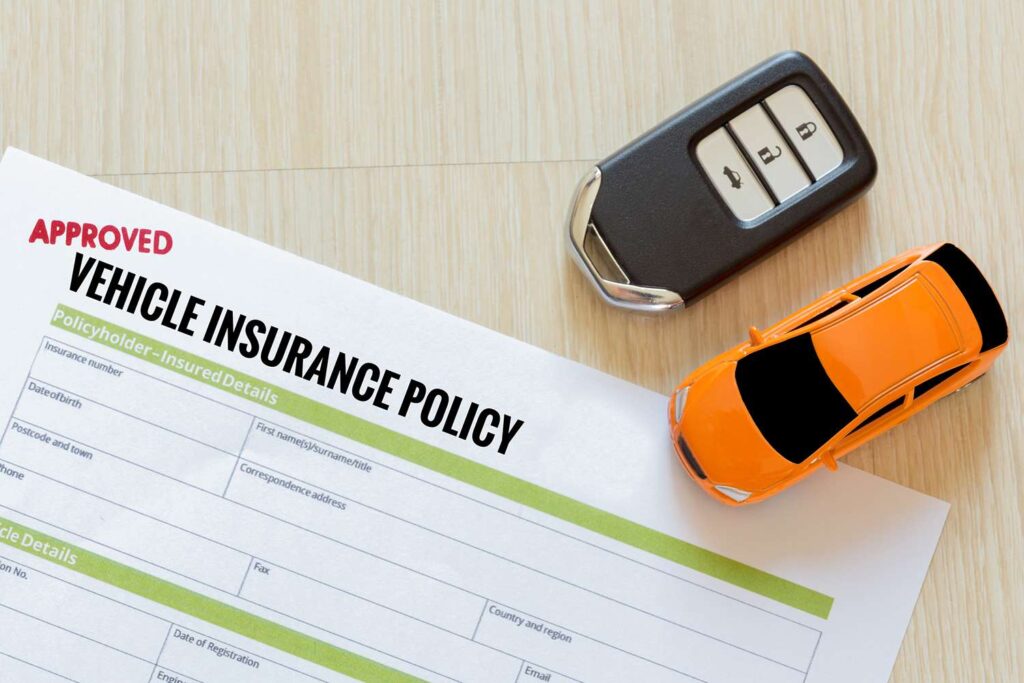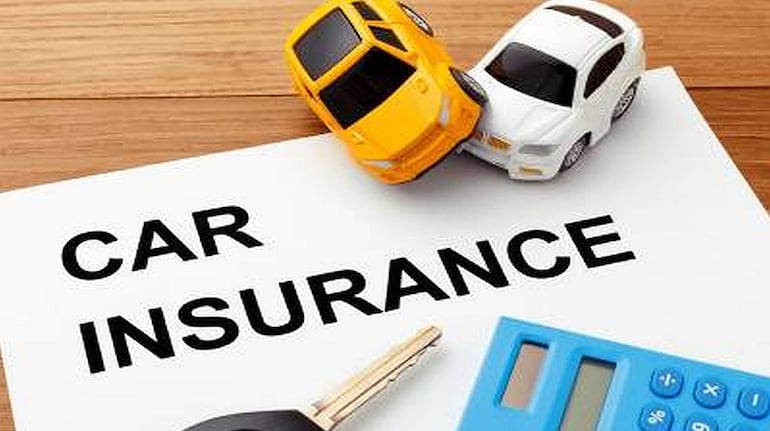What You Need to Know in 2025
Introduction
Car insurance is not just a legal requirement—it’s a crucial financial safety net. Whether you’re a first-time driver or a seasoned motorist, understanding car insurance can help you make better decisions, save money, and stay protected on the road.
This comprehensive guide breaks down everything you need to know about car insurance in 2025, including types, benefits, coverage options, tips for saving, and frequently asked questions.
What is Car Insurance?
Car insurance is a contract between you and an insurance company that provides financial protection in case of accidents, theft, or damage to your vehicle. In exchange for paying a monthly or annual premium, the insurer agrees to cover certain risks associated with driving.
Why is Car Insurance Important?
- Legal Compliance: Most countries and states require at least a minimum level of car insurance to drive legally.
- Financial Protection: Accidents can lead to costly repairs and medical bills. Insurance reduces out-of-pocket expenses.
- Liability Coverage: If you’re at fault in an accident, liability insurance covers injuries or damages to others.
- Peace of Mind: Knowing you’re covered helps reduce stress on the road.
Types of Car Insurance Coverage
Understanding the different types of coverage can help you choose the right policy.
1. Liability Coverage
- Bodily Injury Liability: Covers medical expenses for others if you’re at fault.
- Property Damage Liability: Pays for damage to someone else’s property.
2. Collision Coverage
- Pays for repairs to your car after a collision, regardless of who is at fault.
3. Comprehensive Coverage
- Covers non-collision incidents like theft, vandalism, natural disasters, and falling objects.
4. Personal Injury Protection (PIP)
- Covers medical expenses for you and your passengers, regardless of fault.
5. Uninsured/Underinsured Motorist Coverage
- Protects you if you’re hit by a driver with no insurance or insufficient coverage.
Factors That Affect Car Insurance Premiums
Insurance premiums vary based on a number of factors:
- Driving history: Accidents or violations can increase your rate.
- Age and gender: Younger drivers often pay more due to higher risk.
- Location: Rates differ by region based on crime rates and accident statistics.
- Vehicle type: High-performance or luxury cars generally cost more to insure.
- Credit score: In many places, insurers use credit history to assess risk.
- Coverage limits and deductibles: Higher coverage equals higher premiums, but higher deductibles can lower them.
How to Choose the Right Car Insurance Policy

- Assess Your Needs: Consider your driving habits, vehicle age, and personal risk tolerance.
- Compare Quotes: Get quotes from at least 3-5 insurance companies.
- Check Customer Reviews: Look for companies with strong customer service ratings.
- Understand the Fine Print: Know what’s covered and what’s excluded.
- Ask About Discounts: Look for savings through bundling, safe driving, or good student discounts.
Tips to Save on Car Insurance
- Bundle with other policies (home, renters, etc.)
- Maintain a clean driving record
- Choose a higher deductible
- Drive a car with safety features
- Take a defensive driving course
- Limit your mileage
Car Insurance in the Digital Age
In 2025, many insurers now offer:
- Usage-Based Insurance (UBI): Premiums based on how and how much you drive.
- Mobile Apps: Manage claims, payments, and roadside assistance through your phone.
- AI-Powered Claims: Faster and more accurate claims processing.
Common Car Insurance Myths Debunked
Myth 1: Red cars cost more to insure.
Truth: Color has no effect on premiums.
Myth 2: Older cars don’t need insurance.
Truth: Liability insurance is still required by law.
Myth 3: My insurance covers everything.
Truth: Only the types of coverage you buy are included—always read your policy.
What to Do After an Accident
- Check for injuries.
- Call emergency services.
- Exchange information with other drivers.
- Take photos and document the scene.
- Notify your insurer as soon as possible.
Frequently Asked Questions
Q: Is car insurance mandatory everywhere?
A: Most countries and states require at least liability insurance, though the specifics vary.
Q: Can I drive someone else’s car with my insurance?
A: It depends on your policy. Some include “permissive use” clauses.
Q: What happens if I miss a payment?
A: You risk policy cancellation or lapse in coverage.
Q: Does insurance cover theft?
A: Only if you have comprehensive coverage.
Conclusion
Car insurance is a critical part of responsible car ownership. Whether you’re protecting your investment, complying with the law, or simply looking for peace of mind, choosing the right policy matters.
By understanding the basics and reviewing your options regularly, you can ensure you’re getting the best coverage for your needs—and at the best price.
